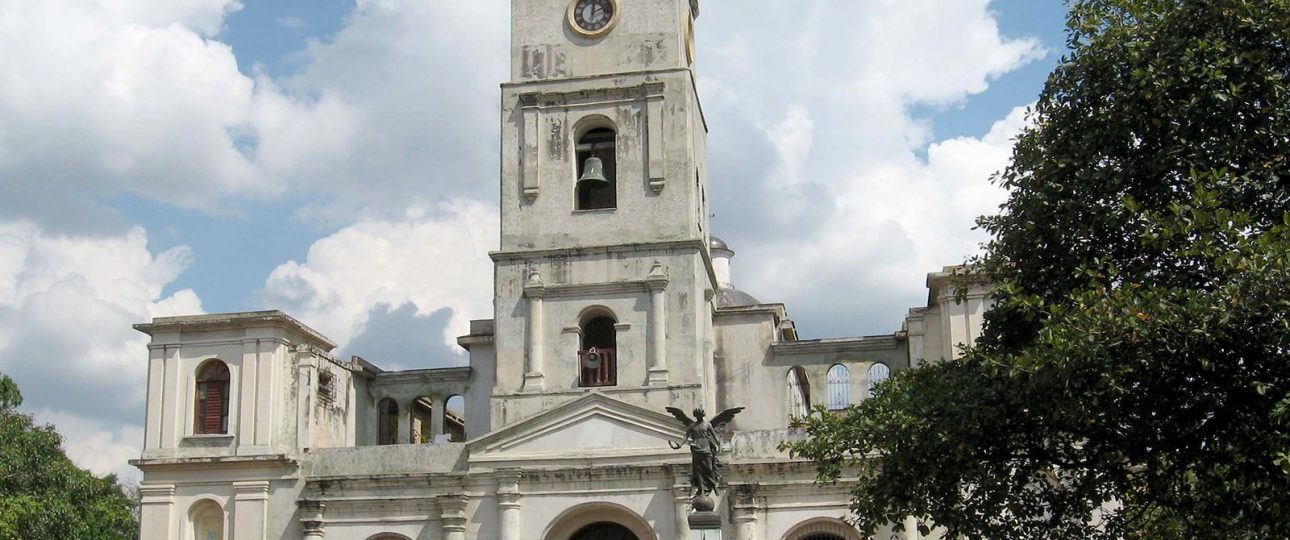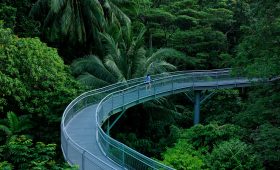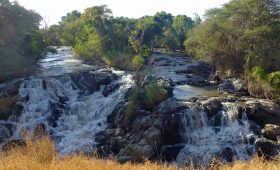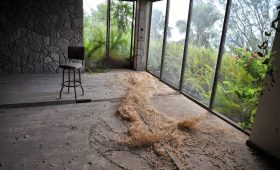Exploring Holguín, Cuba: A Journey Through History and Nature
Holguín, Cuba, offers a rich tapestry of history, natural beauty, and vibrant culture. Located in the eastern part of the island, this city is a fascinating destination for those seeking an authentic Cuban experience. From its colonial roots to its stunning beaches, Holguín is a place where history and nature intertwine.
Unveiling Holguín’s Historical Roots
Founded in 1545, Holguín’s history is deeply intertwined with the Spanish colonization of Cuba. Named after Captain García Holguín, a Spanish conquistador, the city is a living museum of colonial architecture. A visit to the St. Isidore Cathedral, completed in 1820, offers a glimpse into the past with its impressive structure and historical significance.
The Hill of the Cross (Loma de la Cruz) is another historical landmark worth visiting. Climbing its 458 steps rewards you with panoramic views of the city. The tradition of planting a cross at its peak dates back to the 18th century, adding a spiritual dimension to this iconic site.
Natural Wonders of Holguín
Holguín is not just about history; its natural landscapes are equally captivating. The city is surrounded by the Sierra de Nipe mountains and the Caribbean Sea, offering diverse scenery. Guardalavaca Beach is a highlight, known for its white sand and clear waters. It’s a perfect spot for relaxation or exploring vibrant coral reefs.
For those seeking adventure, the Pinares de Mayarí Nature Reserve offers lush forests and diverse wildlife. Hiking here provides an opportunity to see the Cuban trogon, a bird unique to the region. The reserve’s tranquility is a refreshing escape from the hustle and bustle of city life.
Cultural Immersion in Holguín
Holguín’s culture is vibrant and welcoming. The city’s plazas are lively with music and dance, reflecting the Cuban spirit. Engage with locals and enjoy live performances, where the rhythm of the music invites you to join in.
The Casa de la Cultura is a hub for the arts, showcasing local talent through exhibitions and performances. From traditional paintings to modern sculptures, the center highlights the diverse artistic expressions of the region.
Practical Tips for Visiting Holguín
When to Visit
Holguín enjoys a tropical climate, making it a year-round destination. However, the dry season from November to April is ideal for outdoor activities, with sunny days and comfortable temperatures. The wet season, from May to October, brings occasional rain but also lush landscapes.
Getting There
Traveling to Holguín is straightforward. Frank País International Airport is located 13 km southwest of the city and offers international flights from destinations like Miami, London, and Toronto, as well as domestic flights from Havana. The airport’s two terminals handle both international and domestic traffic.
Getting Around
Once in Holguín, transportation options include bicycle taxis, known as “bicitaxis,” which are a fun and eco-friendly way to explore the city. Taxis and rental cars are also available, though navigating narrow streets and limited parking can be challenging.
Holguín is a city that invites exploration, offering a blend of history, nature, and culture. Whether you’re drawn to its historical sites, natural beauty, or vibrant culture, Holguín provides a unique and enriching Cuban experience.




